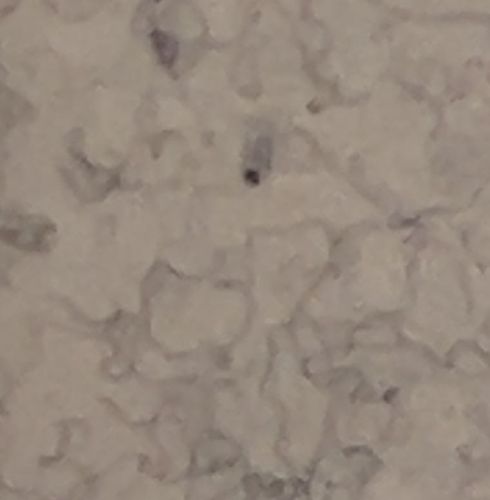Silverfish
Scientific Name: Lepisma saccharina (common species)
Order & Family: Order: Zygentoma, Family: Lepismatidae
Size: Typically 10-19 mm (0.4-0.75 inches) in length, excluding antennae and tails.

Natural Habitat
Silverfish prefer dark, damp, and cool places, such as basements, attics, bathrooms, and kitchens. They can be found in stored boxes, books, paper stacks, and even within wall voids. They thrive in environments with high humidity (75-97%).
Diet & Feeding
Silverfish are scavengers and have a broad diet. They prefer carbohydrates, especially polysaccharides. Their diet can include paper (especially glued bindings), starch, sugar, cotton, linen, silk, and other textiles. They may also feed on dead insects, glue, paste, certain molds, and a variety of household items.
Behavior Patterns
Given the blurriness of the image, it is difficult to determine specific behavioral patterns. However, silverfish are typically nocturnal and highly secretive, usually hiding in dark, damp places during the day. They are quick movers and can be seen darting across surfaces when disturbed. They undergo incomplete metamorphosis, meaning they hatch from eggs as nymphs that resemble smaller versions of the adults and continue to molt throughout their lives.
Risks & Benefits
Potential risks of silverfish include damage to paper products (books, documents, wallpaper), fabrics (clothing, upholstery), and food items in pantries. They do not bite humans, spread diseases, or cause structural damage to homes. There are no significant benefits associated with silverfish to humans or the ecosystem in a domestic setting.
Identified on: 8/26/2025